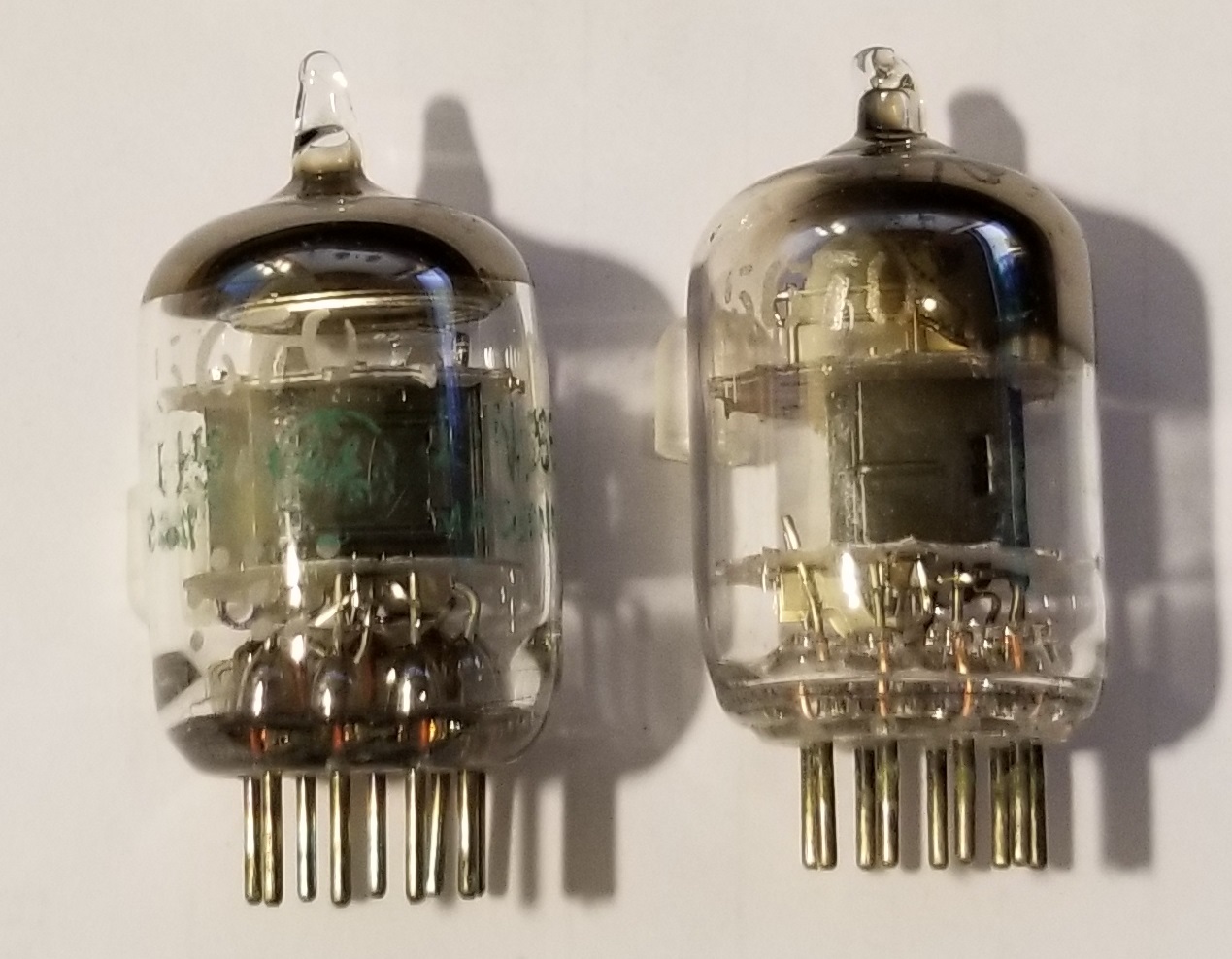atx2014
New Head-Fier
- Joined
- May 14, 2016
- Posts
- 18
- Likes
- 0
can anyone tell me what tube it is? i ordered upgraded GE 5670 tube. but i can't see the GE 5670 green print on the tube. nothing. i can see 5670, that's it.
can anyone tell me what tube it is? i ordered upgraded GE 5670 tube. but i can't see the GE 5670 green print on the tube. nothing. i can see 5670, that's it.


Has anyone upgraded from D2 (many must surely have) and found something better in the range? Is Modi Multibit better or something in the sub 600USD bracket?
I was wondering this too. Here’s my experience as someone who uses the D2 mostly for tv, movies, and games in the living room with a hifi setup:I guess the thread is dead but trying my luck here. Has anyone upgraded from D2 (many must surely have) and found something better in the range? Is Modi Multibit better or something in the sub 600USD bracket?
Hey, to each their own.that this is still active. I wouldn't waste any time on this obsolete dac. I can't even remember what dac chip is inside, but if it needs an active output it must be delta sigma. An old design. Newer ones can be ok, within reasonable cost. But a bunch of opamps and tubes cost as much as a proper new dac. Which will sound better.
I never considered tubes following opamps a good idea for a dac. It's always the worst of both worlds. Not the best. I'm a fan of tubes, I even have a big stash of 5670 tubes (about 120) but this design uses the tubes as an afterthought, a flavour, a gimmick. The opamps do the work, the tubes are the ketchup on the steak. I think bypassing the tubes will even clear up the sound.
Digging in memory I remember having one of those here, the Chinese branded same model. A friend asked if I could modify it. Back then i didn't get much further than a few GE5670 tubes. Too much low quality electronics in the output stage (output caps). The sound was pleasing but not well defined, lack of detail and space. Not that great imo.
To answer the question: opamps are stereo, so if there are 3 the
left signal will go to opamp 1 L, then to opamp 2 L, then 2 R. That is 3 stages. So if you have 2 better opamps you can replace the 2 latter, they will be symmetrically placed on the board. It's not hard and there's no risk if the opamps are compatible (and same Voltage or a bit higher).
To answer the previous question: what would you upgrade to at ~$600? Not that i was ever tempted to buy the Maveric, but that would be a NOS, filterless R2R dac with a passive output stage. My old dac was a Teradak at similar price (great dac) and at 700 i just bought the Denafrips Ares II. At that pricebracket that is pretty much a no-brainer. That is a totally different quality level.
 )
)







